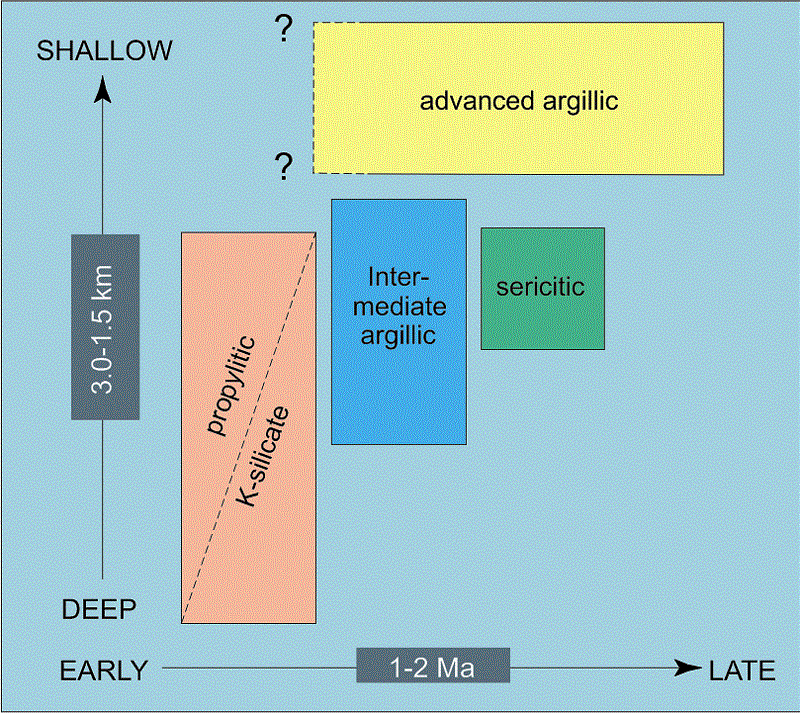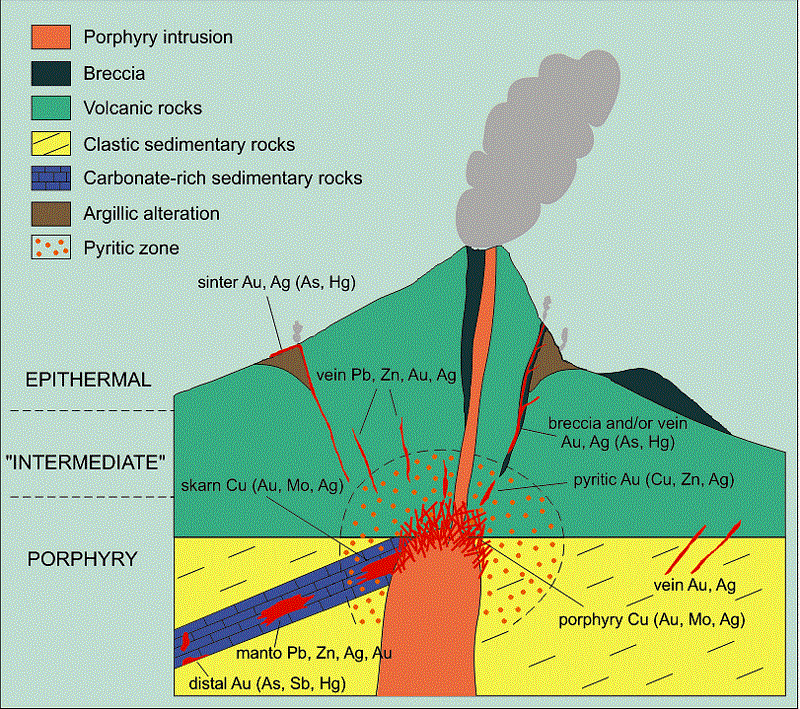 Figure 16:  Figure 17:  Figure 18: カナダ地質調査所(Geological Survey of Canada)による『Mineral Deposits of Canada Maps of deposits and resources(world)』から |
Porphyry Deposits
by W.D. Sinclair
Contents of this page:
Abstract
Definition
Geographical distribution
Importance
Grade and Tonnage
Geological attributes
Genetic and exploration models
Exploration methods
Knowledge gaps
Areas of high mineral potential in Canada
Acknowledgements
References
Figures
Appendices
Porphyry deposits are the world's most important source of Cu and Mo, and are major sources of Au, Ag, and Sn; significant byproduct metals include Re, W, In, Pt, Pd, and Se. They account for about 50 to 60% of world Cu production and more than 95% of world Mo production. In Canada, they account for more than 40% of Cu production, virtually all Mo production, and about 10% of Au production. Porphyry deposits are large, low- to medium-grade deposits in which primary (hypogene) ore minerals are dominantly structurally controlled and which are spatially and genetically related to felsic to intermediate porphyritic intrusions. They are distinguished from other granite-related deposits such as skarns and mantos by their large size and structural control, mainly stockworks, veins, vein sets, fractures, and breccias. Porphyry deposits typically contain hundreds of millions of tonnes of ore, although they range in size from tens of millions to billions of tonnes; grades for the different metals vary considerably but generally average less than 1%. In porphyry Cu deposits, for example, Cu grades range from 0.2% to more than 1% Cu; in porphyry Mo deposits, Mo grades range from 0.07% to nearly 0.3% Mo. In porphyry Au and Cu-Au deposits, Au grades range from 0.2 to 2 g/t Au. Associated igneous rocks vary in composition from diorite-granodiorite to high-silica granite; they are typically porphyritic epizonal and mesozonal intrusions, commonly subvolcanic. A close temporal and genetic relationship between magmatic activity and hydrothermal mineralization in porphyry deposits is indicated by the presence of intermineral intrusions and breccias that were emplaced between or during periods of mineralization. Porphyry deposits range in age from Archean to Recent, although most economic deposits are Jurassic or younger.
 Figure 16:  Figure 17:  Figure 18: カナダ地質調査所(Geological Survey of Canada)による『Mineral Deposits of Canada Maps of deposits and resources(world)』から |